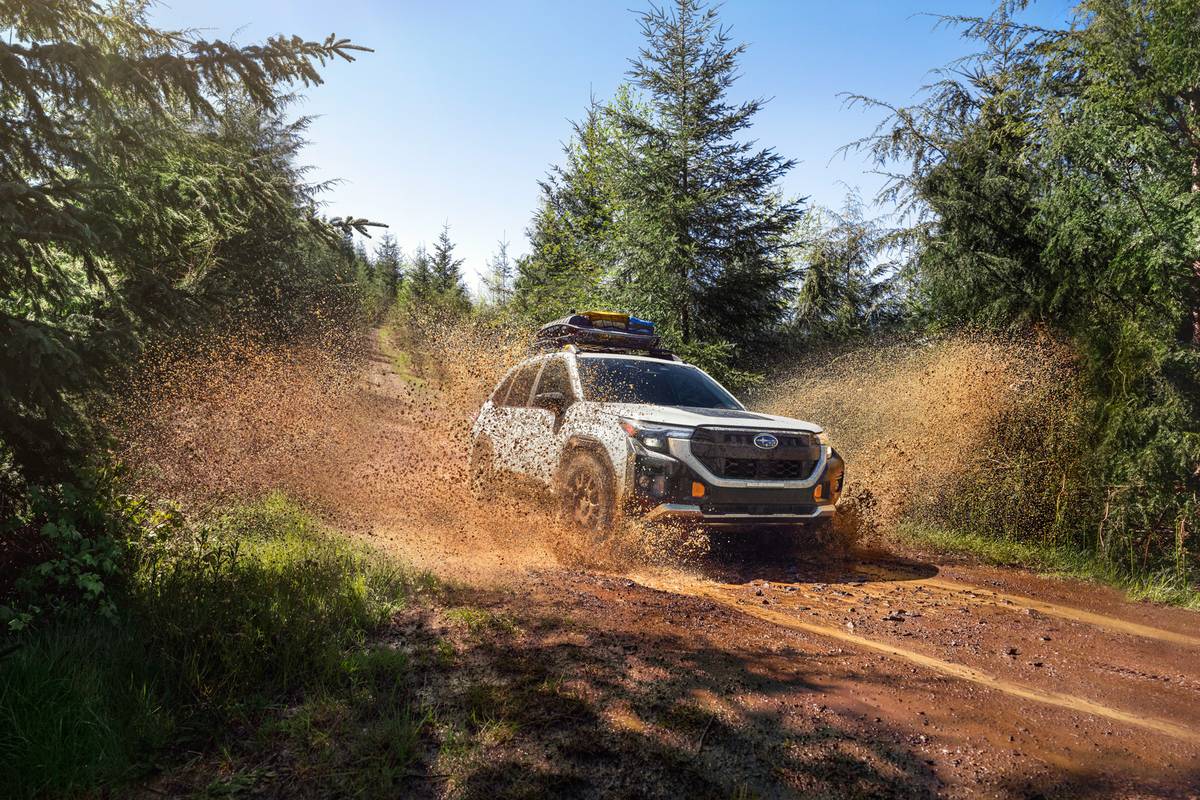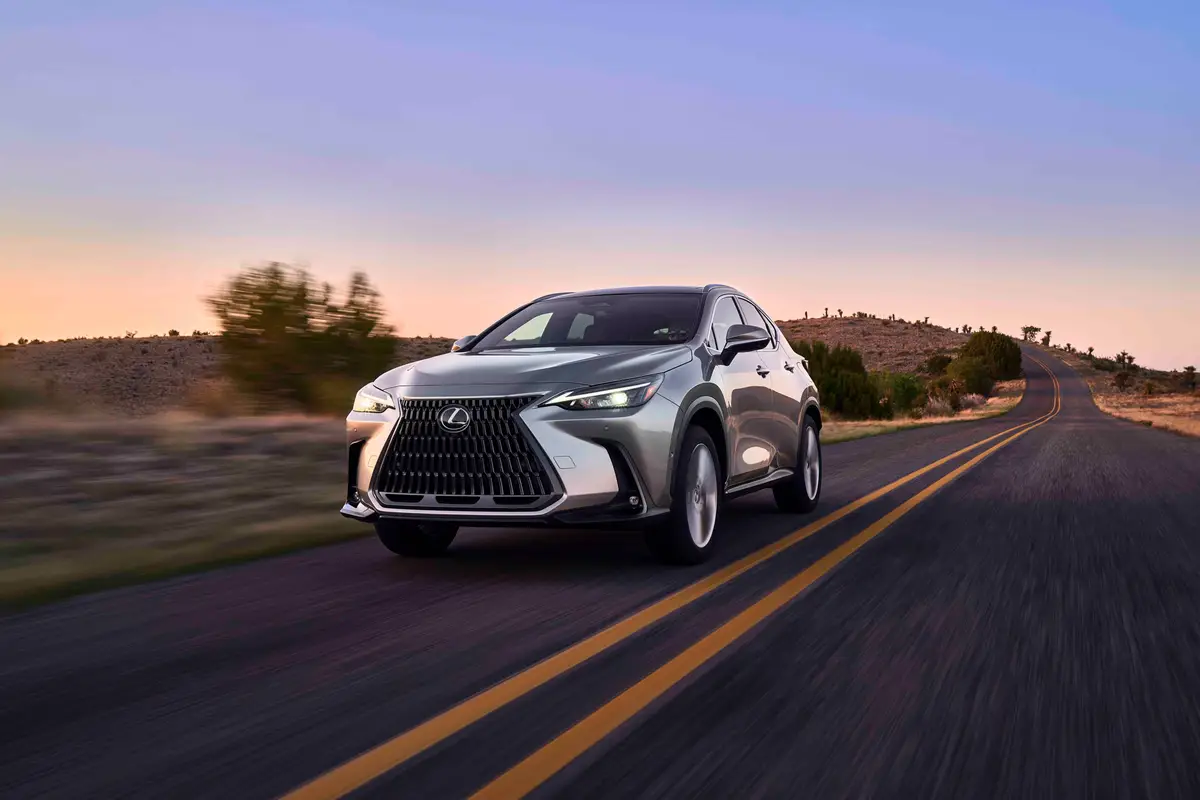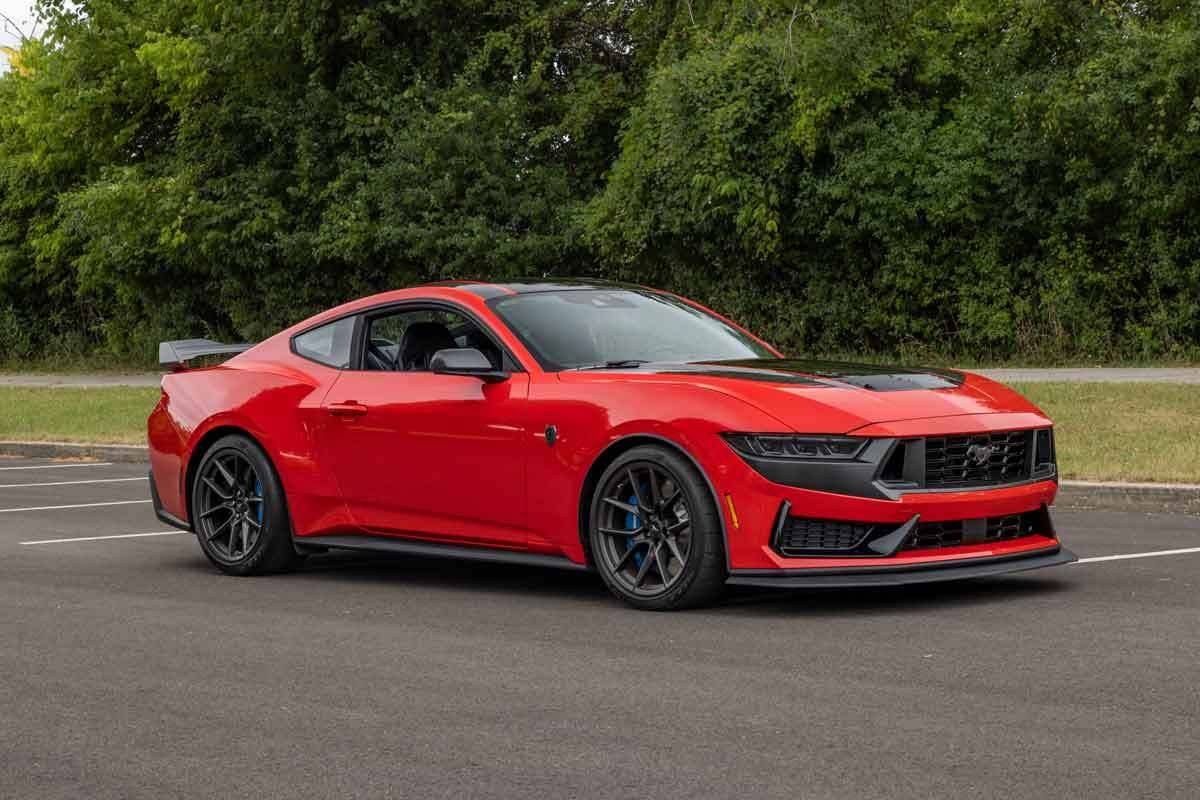chicagotribune.com's view
Last fall Lee Iacocca held court over the unveiling of the 1988 Chrysler New Yorker and Dodge Dynasty at the automaker`s design center in Detroit.
Canvas covers hid both cars from view. At the appropriate moment, when the covers were taken off, were there oohs or aahs from the newsmen in the audience? Not really.
Of course, Chrysler wasn`t picking up the tab for air and hotel, so the oohers and aahers apparently stayed home. However, there was a major reason for indifference: The styling was a yawner.
The top-of-the-line Chrysler cars look an awful lot like any mid- to full-size General Motors car featuring raised deck, low-slung hood, wedge- shaped styling. If Roger Smith had been at the podium and not Lee Iacocca, casual observers might have assumed they had ventured into a GM preview.
Up front, the New Yorker has yet another variation of the LeBaron sedan vertical bar grille, flanked by LeBaron coupe hidden headlights. There are two New Yorker models, base and Landau, with the latter sporting a vinyl landau (half top) roof.
“The luxury car buyer wants a car that does everything but shine his shoes when he turns the key,“ Iacocca stated, trying to wake the audience from a slumber.
The New Yorker may be dull out on the outside, but the opulence becomes evident inside. The model we drove had the optional Mark Cross leather seats that are lush, plush and cushy, but cool on the tushie on brisk mornings.
New Yorker seats are comfortable and offer good support for short- or long-distance travel-providing you stay in a straight line. New Yorker suspension is the soft, luxury-boulevard-ride variety. When taking a tight corner or turn, the leather serves as a skateboard to send occupants sliding sideward. There`s ample body roll, magnified by the slippery seats.
The New Yorker is built on a 104.3-inch wheelbase and is 193.6 inches long overall, roughly the size of an Olds Ciera or Ford Taurus. It`s the largest vehicle in Chrysler`s front-wheel-drive car stable.
Only the rear-drive Fifth Avenue is bigger with its 112-inch wheelbase and 206.6-inch length.
There`s very good interior room and abundant space for two adults or three good-sized kids in back. The trunk is large, but, rather than the flat floor in most of today`s cars, Chrysler`s has the sunken deep-dish oval design that can play havoc with rectangular luggage.
The New Yorker is powered by a 3-liter V-6 from Mitsubishi, an engine that is relatively quiet and has very good pep, but is new on the scene for 1988 and has yet to prove its reliability or dependability.
Considering that the 2.6-liter 4 from Mitsubishi proved to be less than awesome before it was dropped in favor of the 3-liter V-6, we`ll reserve judgment on the new powerplant.
A Chrysler-built 3.2-liter V-6 (Autos, Sept. 28) is coming in 1990.
Four-wheel antilock (ABS) brakes that prevent wheel lo ckup in panic stops are a $956 option in the New Yorker. Our car had them, but they weren`t called into use. Just having the ABS system in reserve, in case it should be needed, is worth the $956 investment.
Basically the New Yorker serves a special need for Chrysler. It`s a full- size car for current owners of compact or midsize Chrysler cars to move up to. After the mid-size LeBaron, the Chrysler aficionado either had to opt for the very old Fifth Avenue or move over to the competition-either domestic or import.
Considering that Chrysler has halved production of the Fifth Avenue, it appears quite a few Chrysler owners had moved elsewhere when the time came for a bigger, more luxurious car.
But while Iacocca might say the car does everything but polish your shoes, it falls short in some luxury areas, such as:
– A recessed exterior door handle with a fondness for pinching fingers.
– Overly massive diode gauge displays in the dash for such things as readings on coolant temperature and battery charge.
– Time, temperature and systems monitoring displays located in the roof liner, where they aren`t easily seen.
It`s important to know coolant temperature, but the New Yorker is aimed at an older crowd that probably would be more attuned to the time than the condition of fluid housed in the radiator.
In a stab at high-tech, you need only touch fan and temperature controls with your fingertip to raise the speed of the fan or raise or lower interior heating or cooling. Yet we found that the fan often required several touches and a push or two to speed it up.
The windshield wipers are rather large, or at least seem so because they didn`t retract all the way down under the lip of the hood to remain out of sight when not needed. The blades rested well up on the windshield, meaning they could easily attract snow and ice and need a good cleaning during the winter before use.
Power seat and window controls are located in the driver`s door. Most cars allow a slightly different design for the driver`s window button, which is used the most, but on the New Yorker all buttons are the same. The window and seat buttons aren`t easily seen at night.
Other irritants are rear-seat head rests that stand tall and partially obstruct rear vision, and a rather healthy thirst for fuel that left doubt about how accurate the 19 miles per gallon city/25 m.p.g. highway EPA rating could be.
Chrysler has a few nice touches that make you wonder why fan/temp, wiper blades and window/seat controls fell short of expectations.
A cup holder folds down out of the dash. Pull the holder and it opens up to hold a pair of cups. Cleverly done without robbing the car of much room.
For safety`s sake, once you drive only a few feet the power doors automatically lock. Another clever touch.
And the New Yorker was noticeably quiet and free of the squeaks and rattles that we`ve encountered on many small Chrysler cars.
Standard equipment in both New Yorker models includes automatic transmission, power brakes and steering, 3-liter V-6, AM/FM stereo, air conditioning, remote hood/trunk/fuel-filler door releases, dual reading lamps, dual visor mirrors, dual heated power side mirrors, electric rear-window defogger, side-window de-misters, intermittent wipers, cup holders and map pockets. The Landau adds automatic power door locks, power seats, tilt steering and cruise control.
For corrosion protection, body panels are galvanized metal, making rustproofing senseless. And the exhaust is stainless steel.
The New Yorker is covered by Chrysler`s standard seven-year or 70,000- mile basic warranty plus a five-year or 50,000-mile “Crystal Key“ program that covers all components “down to the door handles,“ Iacocca said. There`s no deductible for service under the program.
The New Yorker serves as the basis for Chrysler`s next offering, its top- of-the line front-drive Imperial, which will reappear in 1989, after last being offered in 1983. Chrysler has time to refine the New Yorker`s shortcomings before coming up with the Imperial badge.
The base New Yorker starts at $17,416, the Landau at $19,509.
Latest news



